The concept of functional redundancy in ecosystems has gained significant attention in ecological research, particularly as biodiversity loss accelerates globally. This phenomenon refers to the capacity of different species to perform similar roles within an ecosystem, thereby providing a buffer against the impacts of species extinction. When one species disappears, others with comparable functions can compensate, maintaining ecosystem stability. Scientists are increasingly focusing on understanding these compensatory mechanisms, which could hold the key to predicting how ecosystems will respond to ongoing biodiversity crises.
Recent studies have revealed that functional redundancy is not evenly distributed across ecosystems. Some systems exhibit high levels of redundancy, where multiple species share nearly identical ecological roles. In contrast, others have low redundancy, making them more vulnerable to species loss. Tropical rainforests, for instance, often display remarkable redundancy among pollinators and seed dispersers. This explains why these ecosystems can withstand the extinction of certain species without immediate collapse. However, the threshold at which redundancy fails remains a critical question for researchers.
The mechanisms behind functional compensation are complex and multifaceted. When a dominant species vanishes, subordinate species may expand their niches to fill the gap. This process, known as competitive release, can occur rapidly in some cases. For example, in marine ecosystems, the decline of one predator often leads to the increased activity of others, maintaining the balance of prey populations. Behavioral plasticity also plays a crucial role, as surviving species adapt their behaviors to exploit newly available resources. These dynamic responses highlight the resilience inherent in many natural systems.
Climate change adds another layer of complexity to functional redundancy studies. As temperature and precipitation patterns shift, the geographic ranges of many species are altering dramatically. This redistribution can either enhance or diminish redundancy in particular regions. In Arctic ecosystems, warming temperatures are allowing southern species to move northward, potentially increasing functional redundancy. Conversely, in tropical zones, specialized species facing extinction may leave gaps that cannot be filled by existing community members. Understanding these spatial and temporal dynamics is essential for effective conservation planning.
Human-modified landscapes present unique challenges for functional redundancy. Agricultural systems and urban environments often feature simplified ecosystems with markedly reduced biodiversity. While some studies suggest that certain ecosystem services can be maintained by a few highly adaptable species, the long-term stability of such systems remains questionable. The loss of soil microorganisms in intensively farmed areas, for instance, has been shown to reduce nutrient cycling efficiency despite the presence of some redundant species. This underscores the importance of preserving diverse species assemblages rather than relying on presumed redundancy.
Technological advances are revolutionizing how scientists study functional redundancy. Molecular techniques now allow researchers to identify cryptic species that contribute to redundancy but were previously indistinguishable. Remote sensing provides landscape-scale data on ecosystem functioning, revealing patterns of redundancy across large areas. Network analysis has become particularly valuable, enabling ecologists to map intricate species interactions and identify which connections are most critical for maintaining ecosystem functions. These tools are helping to move the field beyond simple species counts toward a more nuanced understanding of ecological resilience.
The implications of functional redundancy research extend far beyond academic interest. Conservation strategies increasingly incorporate redundancy measurements when prioritizing species protection. Rather than focusing solely on charismatic or endangered species, managers are recognizing the importance of preserving sets of species that provide similar functions. This approach acknowledges that ecosystems are fundamentally maintained by processes rather than individual species. However, critics caution against over-reliance on redundancy, noting that all species likely have unique roles that become apparent only under specific conditions or over long time scales.
As the sixth mass extinction progresses, the study of functional redundancy offers both hope and warning. While nature's backup systems provide temporary resilience, they are not infinite. Each lost species erodes the Earth's ecological safety net, and at some point, critical thresholds may be crossed. The current research challenge lies in determining how much redundancy exists in different ecosystems, how quickly compensation can occur, and what happens when multiple species performing similar functions disappear simultaneously. Answers to these questions will shape our ability to protect ecosystem services that humanity depends upon.
Looking ahead, interdisciplinary approaches will be crucial for advancing functional redundancy science. Ecologists must collaborate with climate scientists, economists, and social scientists to understand how biodiversity loss interacts with other global changes. Long-term monitoring programs need expansion to track how redundancy changes over decades rather than years. Perhaps most importantly, this research must inform policy decisions that affect land use, resource extraction, and emissions. The silent drama of species compensation occurs daily in ecosystems worldwide, and our future may depend on how well we understand and protect these vital ecological safeguards.
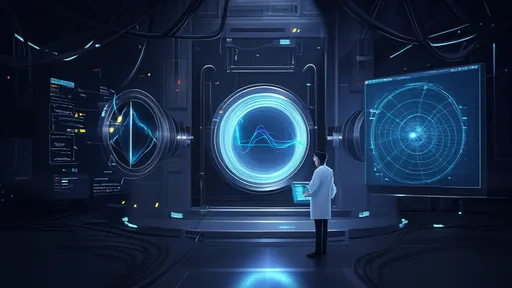
By /Jun 19, 2025

By /Jun 19, 2025

By /Jun 19, 2025

By /Jun 19, 2025

By /Jun 19, 2025
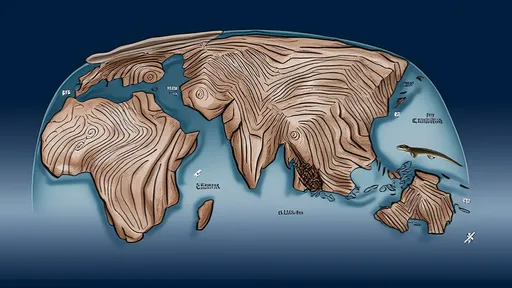
By /Jun 19, 2025

By /Jun 19, 2025

By /Jun 19, 2025

By /Jun 19, 2025

By /Jun 19, 2025

By /Jun 19, 2025

By /Jun 19, 2025
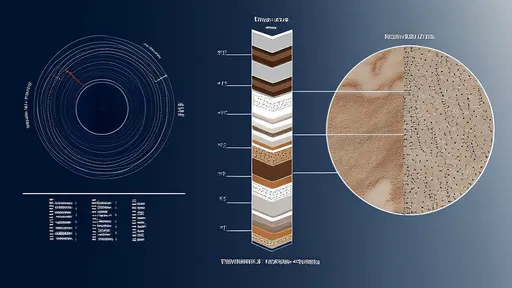
By /Jun 19, 2025
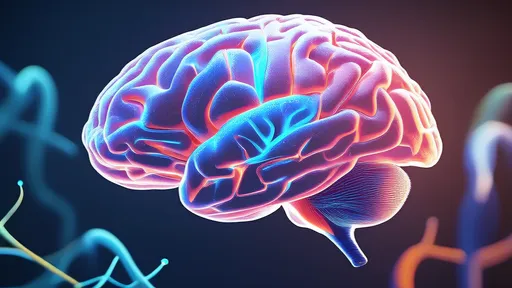
By /Jun 19, 2025

By /Jun 19, 2025
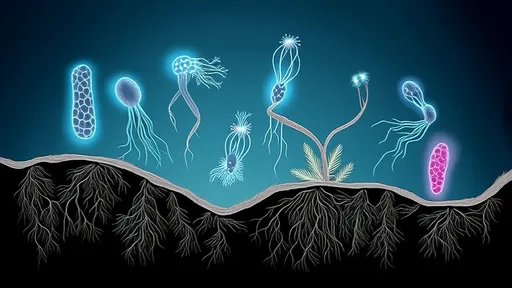
By /Jun 19, 2025

By /Jun 19, 2025